Cook Up Cooking Paper is used to make disposable homemade masks that do not look like kitchen paper. Cook-Up cooking paper is durable and its texture is so close to a mask that it is hard to tell it is kitchen paper at first glance.
What to prepare
- Unicharm Cookup Cooking Paper
- Scissors
- Double-sided tape
- Iron
- Mist spray
Unicharm Cookup Cooking Paper
The box says, “Wet it, squeeze it, and it won’t tear.” It really doesn’t tear when wet and squeezed. It is too strong.
The masks are embossed so well that they look like kitchen paper as they are, but when ironed, they have a texture similar to mask fabric.
Double-sided tape
Scissors
Scissors that can cut soft cloth properly.
At first, I used a pair of used scissors, but if you don’t have scissors that can cut cloth properly, the edges of the scissors become jagged. When I tried to cut the cloth all at once by inserting the scissors close to the root of the blade, I could not cut the cloth at all, but only at the tip of the blade. It is quite stressful to cut soft cloth with scissors that can’t cut. I would like to enjoy working with scissors anyway.
Once you buy scissors, you use them for years and never throw them away. So I bought a pair of scissors made in Japan by a well-established Japanese manufacturer. On the back of the package, it says that they will resharpen them for 500 yen plus shipping. They really are a lifetime item, aren’t they?
When I tried cutting with these scissors, the sharpness was totally different. I used to have to make dozens of small cuts with the tip of a pair of 100-yen scissors, but with these scissors, I can cut a whole side in a few snips using the entire surface of the blade. It feels great to be able to cut cleanly and easily.
Of course, the weight of the scissors feels very different when you hold them. The scissors don’t have the lightness of the average scissors, but when you cut, you don’t need to exert any force at all, and you can cut cleanly.
Hasegawa Cutlery Co., Ltd. is a long-established cutlery manufacturer established in 1933, isn’t it? The website shows that they sell various types of scissors. I did not know this, but it seems to have been featured in many magazines. It is a reliable Japanese brand.
The one I bought this time is CNARY, an original brand of Hasegawa cutlery for cloth. There is another brand of scissors in the same series, but it seems to be more serious, so I decided to go with the regular scissors for cloth.
By the way, when you look at scissors on Amazon, you will find some long-established products with Japanese-like names that look as if they are made in Japan, but are made in China.
Iron and misting
An iron is something you normally have at home.
Mist spray is from a 100 yen store.
You don’t need a mist sprayer, but you can get a better embossed finish if you use a mist sprayer.
Procedure
In the following explanatory text, there are references to “placing the kitchen paper vertically” and “placing it horizontally”.
The “vertical placement” is when the paper is placed with the fold in the vertical direction when it is removed. Pulling left and right will stretch the left and right sides, while pulling up and down will not stretch the top and bottom sides.
Horizontal” is when the fold is placed horizontally. Pulling left and right will not stretch the left and right sides, while pulling up and down will stretch the top and bottom sides.
Body of a mask
Place a piece of kitchen paper vertically, mist and iron.
Before ironing
After ironing
Fold lengthwise into thirds.
Spread one side out and iron only one side to crease the fold.
Cut along the folds with scissors. It is okay if the edges are a little jagged, as the finished product is an invisible part. The third of the cut pieces will be used for mask strings later.
Place another sheet of kitchen paper horizontally and place the cut kitchen paper on top of it. Cut off the 3 cm edge of the bottom kitchen paper. It is okay if the edges are a little jagged, as they are not visible in the finished product. You can discard the cut off edge.
If you place the bottom kitchen paper vertically (i.e., left and right sides are stretched), the four corners of the mask will be pulled by the mask strings when the mask is completed.
With the smaller one placed on top, left and right in the middle, lift the middle and fold it in half in a mountainous shape and iron it.
Spread it out after ironing.
Fold the top half in half in front of you, iron and unfold.
Fold the first and second folds together and iron.
When unfolded, three folds are formed.
Iron the first and second folds together to make a small pile shape.
Align the fold in the middle with the bottom fold, which is slightly transparent, at the top of the pile, and iron a small mountain shape.
With the bottom edge, fold in half to meet the top edge and iron.
Spread it out and align the second fold, which is slightly transparent, with the apex of the mountain, and iron it to form a small mountain shape.
Iron the inside fold with the bottom edge slightly overlapping the bottom fold.
Fold the top edge inward slightly overlapping the top fold and iron.
Fold the left and right sides inward and iron. Be careful not to let your hand hit the iron. If you iron after folding by hand, you don’t have to press down so much with your hand, so you are less likely to get burned. I have had the iron hit my hand a few times and said, “It’s too hot.
Mask strap
First prepare one slice cut into thirds, fold diagonally and iron.
Fold each 2 cm outward from the diagonal inward and iron.
Cut along the folds with scissors. The scraps will be used for the mask strings, so cut them neatly and carefully since they are visible. If you do not cut straight along the folds, you will end up with jagged strings, which will result in fluff when the strings are pulled.
Stretch the two long strands in the middle by pulling a little bit on each. 30 cm to 35 cm should be enough. The ends are thin, so do not hold the ends and pull too hard. If you put too much pressure on it, it will snap off. The two remaining triangles are not used, so you can discard them.
Make a loop of each and tie it together.
If the loop is too short, use another piece of kitchen paper with a longer diagonal line; you should be able to get about four loops from one sheet.
The fabric is stretchy in the horizontal direction (left and right when placed vertically), but it will fluff up after a little stretching, and it is not strong enough and will snap off if it is not used properly. Also, the fabric will stretch out excessively as it is used.
However, if the length of the cord is left at 26 cm without any stretch, it will be too short, so we cut it at an angle to secure the length by using vertical strength and horizontal elasticity.
Unlike elastic strings, once the string is stretched, it does not return to its original length, so it remains stretched. If the string is just a little long when worn, the mask will not adhere to the face and will become fluffy and shift around. If this happens, every time you move, the fibers of the kitchen paper will hit your nose and make it itch.
Even after the strings are made, they will stretch a little, so I think it is best to make them as short or tight as you feel comfortable.
Mask Body + Mask Cord Combination
Apply double-sided tape to the left and right inner edges.
Place the string along the edge of the double-sided tape so that the knot is in the middle.
Fold the left and right edges inward to adhere to the double-sided tape. The top and bottom are folded inward at an angle to the inside of the feeling.
Turn over and done. A mask measuring approximately 17.5 cm x 9.5 cm is completed.
Consideration of kitchen paper for masks
Masks have finally disappeared from stores. Then last week, pollen slowly began to scatter. I gathered up all the masks in my house and counted 47 of them. Of these, 21 were kept for emergencies.
Come to think of it, I had not bought any masks since this year. I am allergic to pollen all year round, so I always buy a box of masks, and I had bought a bag of 7 or so masks in pieces, so I was caught off guard.
You might think that if I have 47 masks at this point, that’s not bad at all, but I am severely allergic to pollen, and if I have to work outside all day, I usually consume at least two masks a day.
However, I have been much improved by Cidacure, a sublingual immunotherapy which I started using two years ago. Last year’s cedar and cypress season was very effective even at about 3 months after I started Cidacure. I have a severe allergy to cedar and cypress, so it’s not like it’s completely gone yet.
They say that the outside of the mask gets contaminated, but for a severe pollen allergy sufferer like myself, the inside of the mask becomes a big problem after half a day. I get a runny nose that looks like water, different from when I catch a cold, without even realizing it.
The role of the mask is to cover sneezes and other splashes with the mask, but it also plays a major role in catching a lazy stream of snot with the mask.
I wear a mask in the morning, take it off at lunch, and replace it with a new one after lunch. I don’t feel like wearing the same mask to work in the afternoon.
However, I don’t know when the supply of masks will be stable, and if I use two masks a day, they won’t last more than a month. Even if you put tissues inside the mask and use only one mask a day, you will run out of masks in a month and a half.
A month and a half later, in mid-April, we will be in the midst of cypress pollen. I have bad cedar pollen, but I also have bad cypress pollen. It is quite possible that the market will not be supplied with masks at that time.
I like cloth masks, but hand washing and laundering every day is a hassle, and if they are not disposable, I want a good, proper one.
Mutofuku Clothing’s antimicrobial mask. This is the only choice for cloth masks.
We have asked laboratories such as the Japan Research Institute for Microbiological Science to “examine the degree to which the mask fabric we have developed prevents the transmission of bacteria” and have them scientifically test it.
The results of the tests conducted by the National Institute of Livestock Science and Bioscience, which is an incorporated foundation, show that 100% of the coronavirus was prevented, and one sentence of their opinion states, “Although 100% of the coronavirus was prevented in the tests, it is not considered perfect because penetration through gaps in the sides is also possible, so it is about 99.9%. No, no, 99.9% is sufficient.
The price of one antimicrobial mask, endorsed by the Institute of Scientific Research, is a reasonable 1,480 yen. I think the price should be twice as much.
I heard on TV that the production could not keep up with the demand and that the employees were exhausted. I would like to order a batch for about a week after this new coronavirus scare settles down completely.
Gohuku Iryo’s online sales site
In this context, I was browsing the Internet last week and saw that the Metropolitan Police Department introduced “simple masks with kitchen paper” in 2018 as a countermeasure in case of disaster.
Simple mask with kitchen paper
(Referenced from the Metropolitan Police Department website)
This is good! Nice, but maybe a little embarrassing, like the online voice that says “it might be a little embarrassing”. Also, I feel like my snot can never be caught on paper.
But now that the infrastructure is working, electricity is available, and I can use an iron, in the event of a real disaster, paper kitchen paper that can be folded by hand would be the quickest way to go.
When I was researching various types of kitchen paper, I found that the fabrics used for kitchen paper vary quite a bit depending on the manufacturer and the product. Broadly speaking, there are paper type and felt type.
Paper types are weak against water and become shabby. The felt type is durable but feels stiff to wear and is not suitable for masks.
This Unicharm Cook-Up Cooking Paper is neither paper nor felt, but neither of the two.
The mask is light and smooth to the touch. To put it bluntly, it has a silky, smooth texture. Cook-Up masks are embossed and rough as they are, but when ironed, they become smooth and silky.
At about 250 yen for 40 sheets, it is expensive for everyday use as kitchen paper, but it does not tear even when wet and wrung out. It is really strong.
I will use my commercial masks when I have to meet and talk with people I don’t know or customers I don’t know face to face, but I will use these handmade masks for the time being when I am at work or when I meet my acquaintances.
However, I get the impression from the news that this new coronavirus is easily transmitted. Medical personnel and others are infected even though they should definitely be careful. I try not to go out myself, but there are times when I have to.
When I go out, I spray my face and head with a mysterious “ion blocker” type spray, then put it on my mask and spray it over my mask again.
When on the train, I try to stand near the door where I don’t have to hold the strap, and if the train is shaking, I lean against the door or handrail and don’t use my hands. When I boarded the train, I noticed that other people in the same car were not holding the train’s strap. I don’t know if I would willingly hold the train’s strap in everyday life.
When entering a building, one must first go to the restroom and wash one’s hands before taking the elevator up and entering the building. When leaving the building, they also wash their hands before leaving the building. When going to the restroom, one washes one’s hands, then does one’s business, then washes one’s hands, a two-step process.
I used to go to coworking spaces until about early February, when the new coronavirus was spreading in China and not yet making noise in Japan. When I went there, I wiped the hand rests on the desk and chair with a sterile tissue before sitting where I sat.
When I go home, I move from the entrance to the washroom as little as possible so as not to touch anywhere between the entrance and the washroom until I wash my hands. After washing my hands, I would also wash my face. I wipe doorknobs and other places I touched before washing my hands with sanitizing tissue. I feel like I am a germ myself.
I hang my coat outside for a few hours. The effectiveness of this is also a mystery, but I don’t like to leave coats in the room that may have bacteria on them.
I also wipe computers and bags used outside with sterilizing tissues. After the sterilization is complete, I wash my hands again at the end of the day.
Inside the room, I use an aroma diffuser with tea tree oil, which is said to be effective in sterilizing the air, although whether it is effective or not is a mystery.
Freelancers are especially physically active, so I want to be careful not to get infected as much as possible, but I don’t think I can be any more careful.
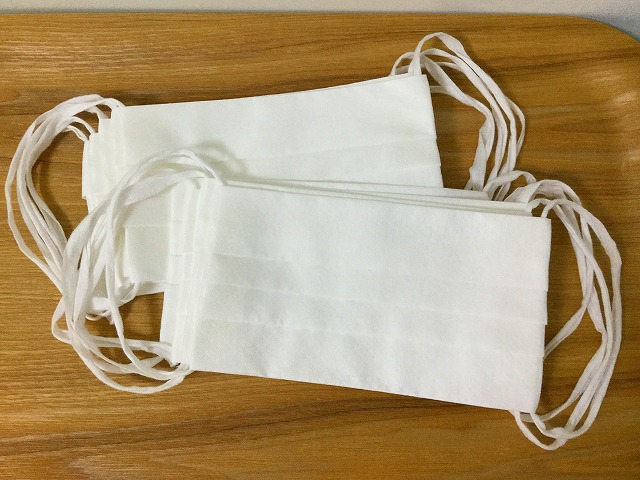

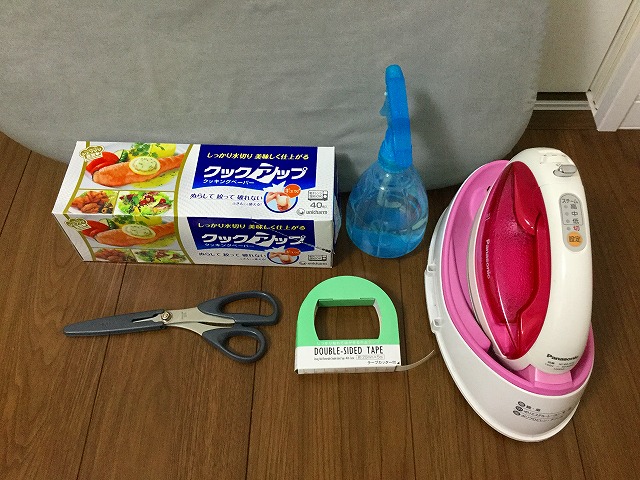
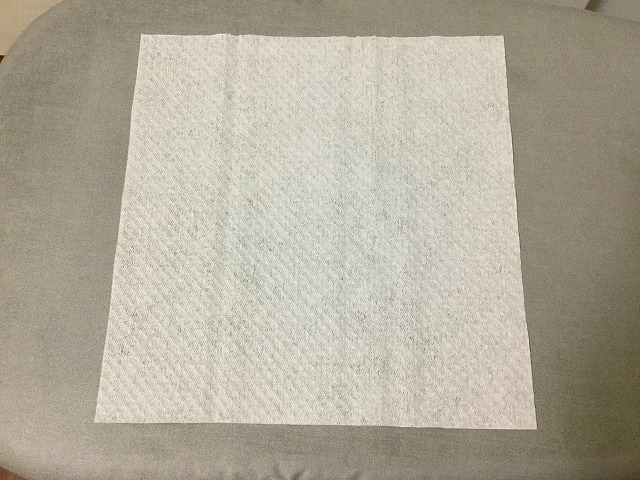
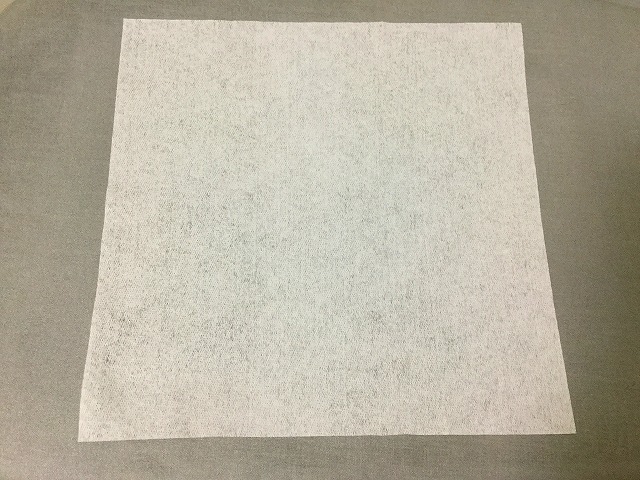
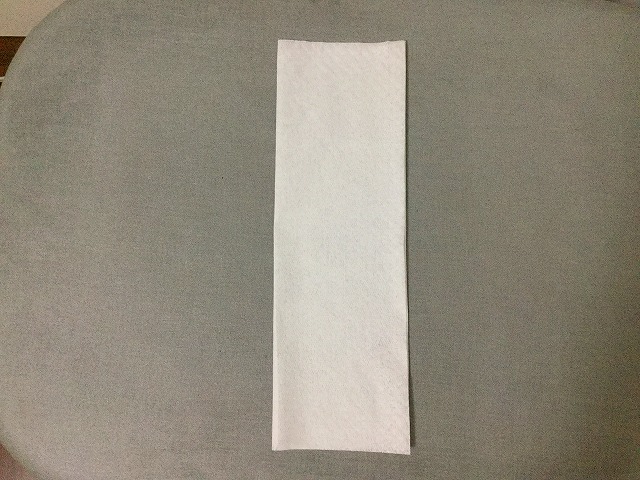
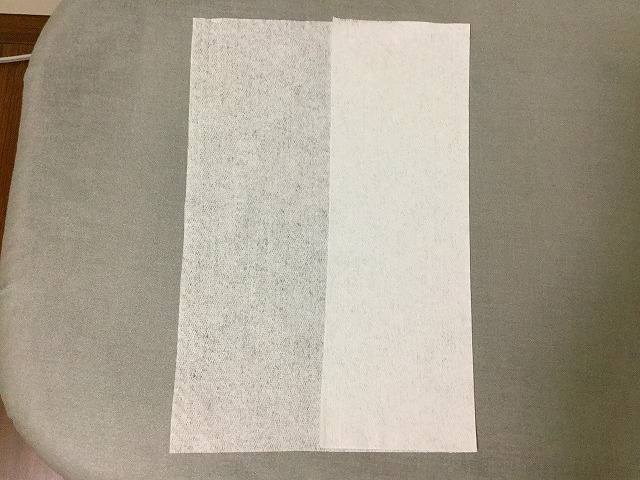
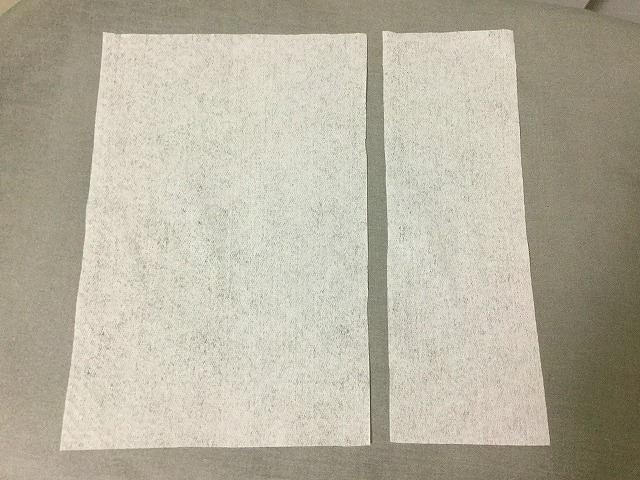

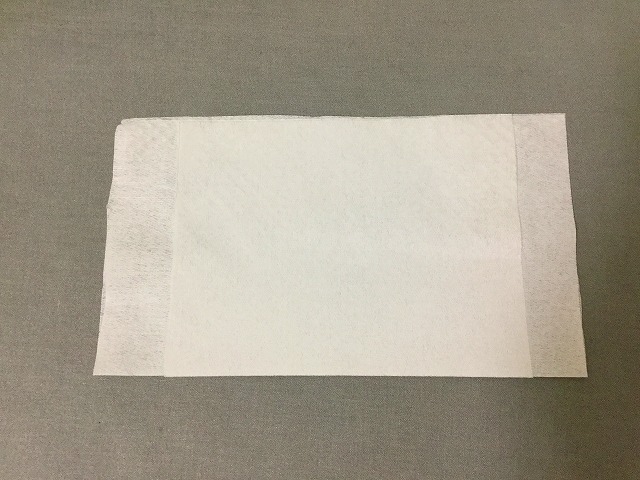




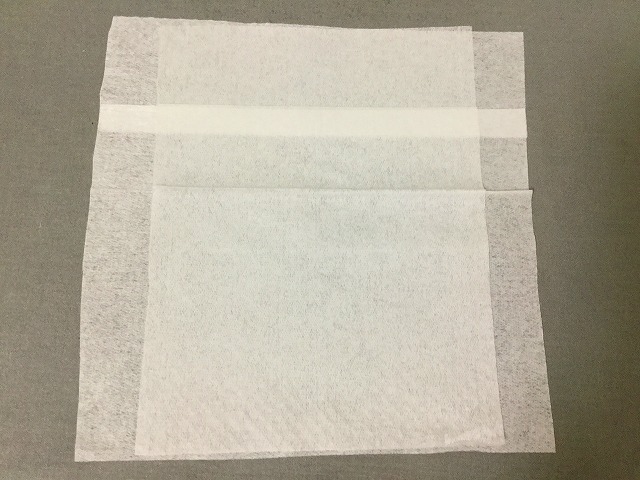
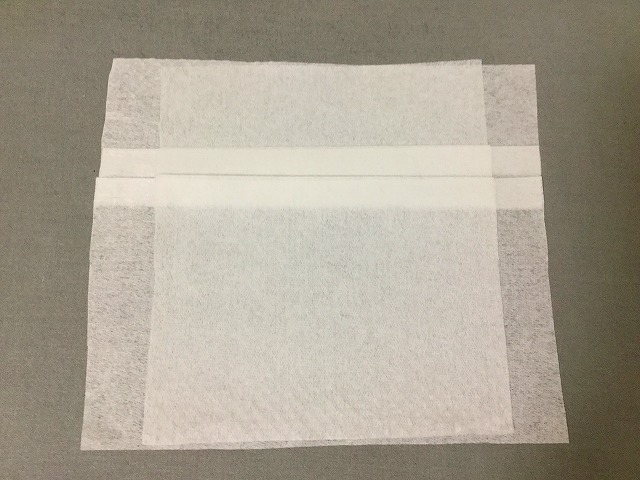


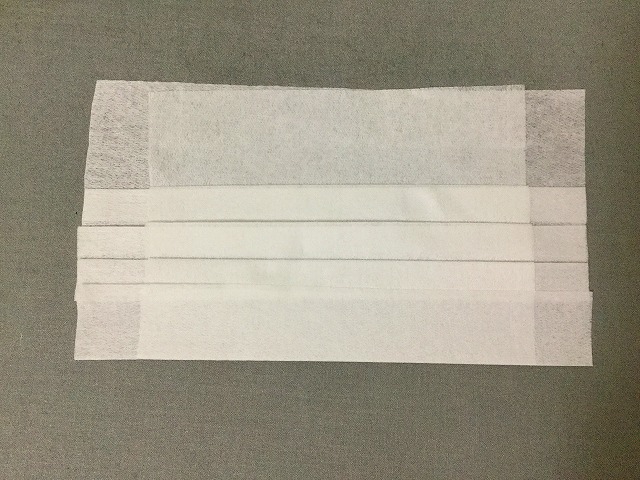
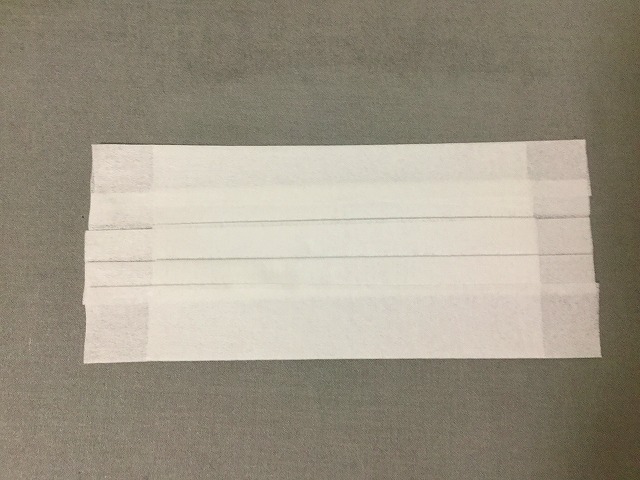
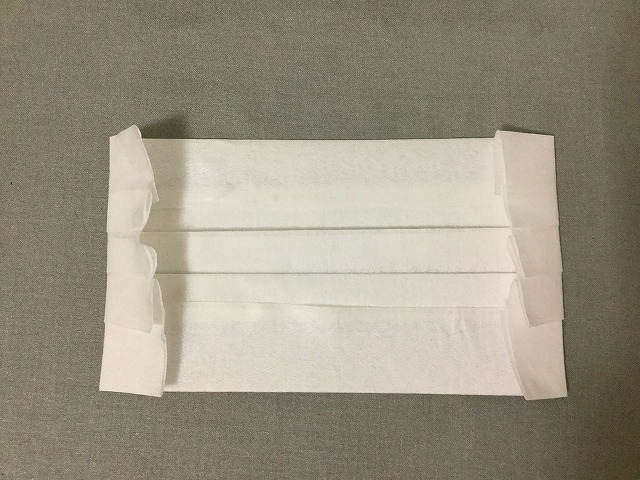
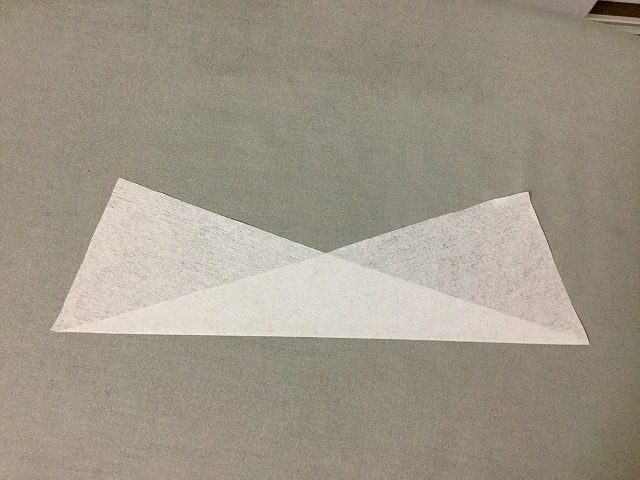


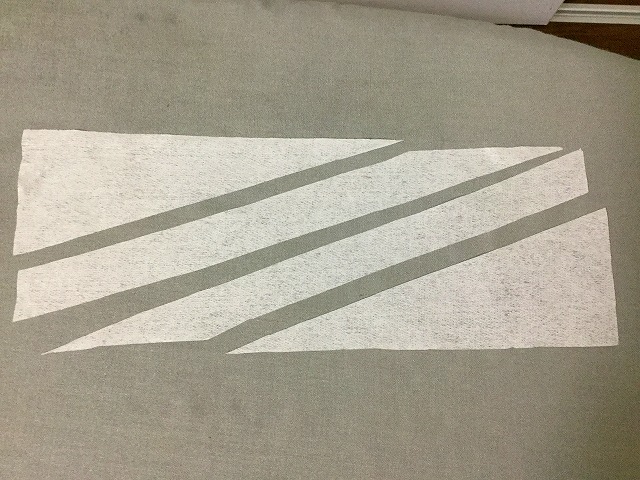
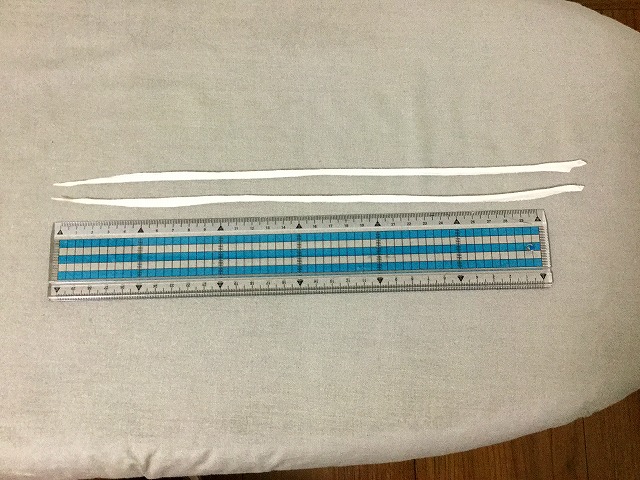
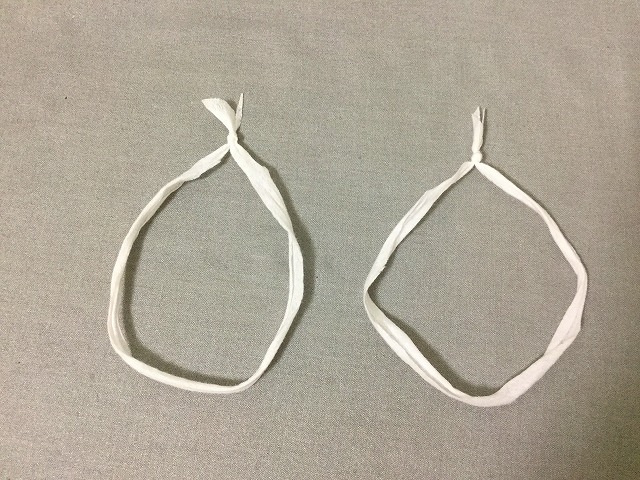
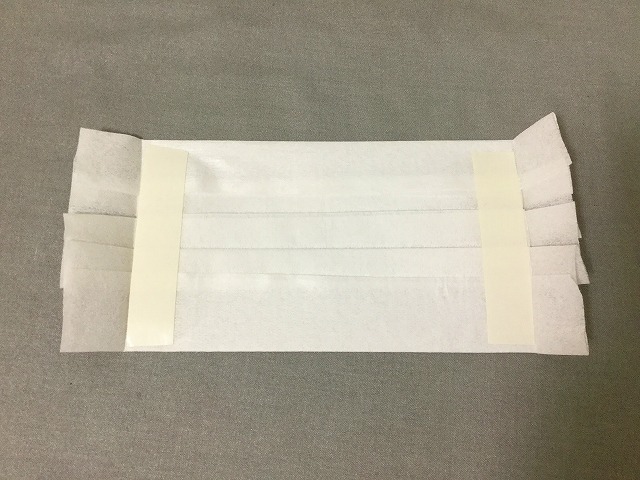
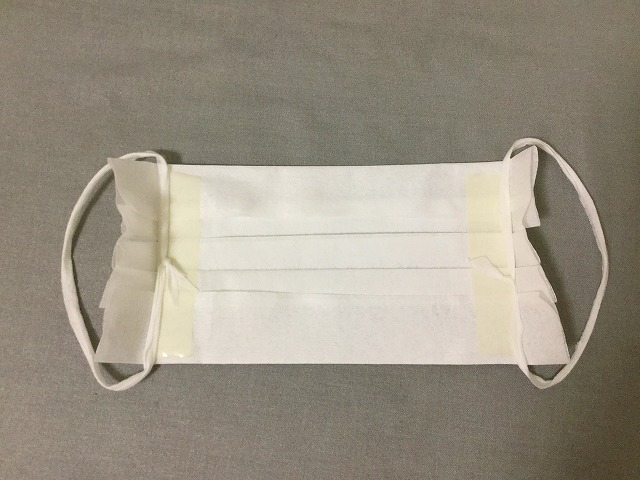
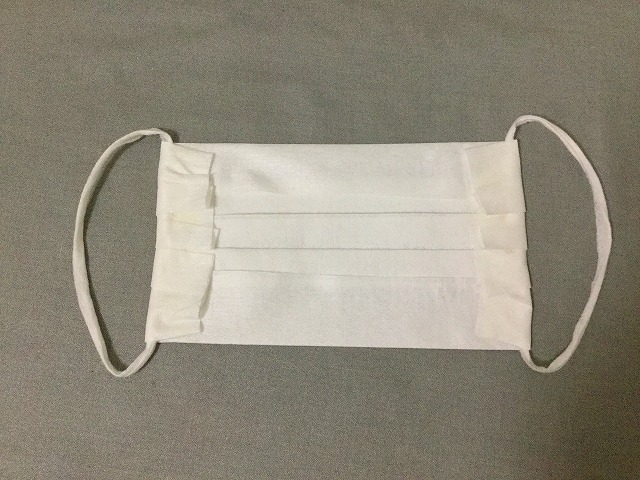
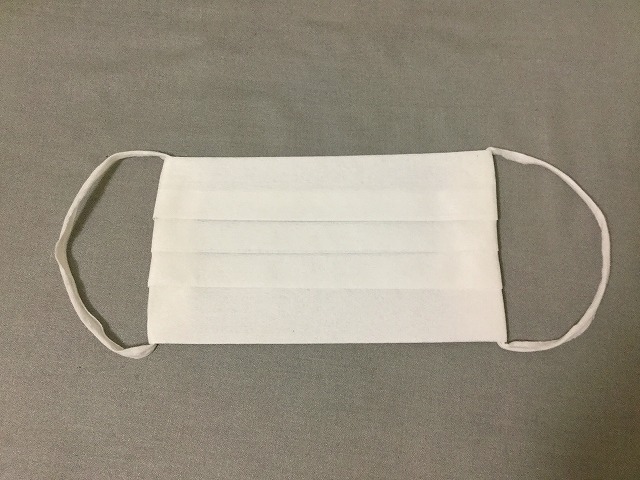
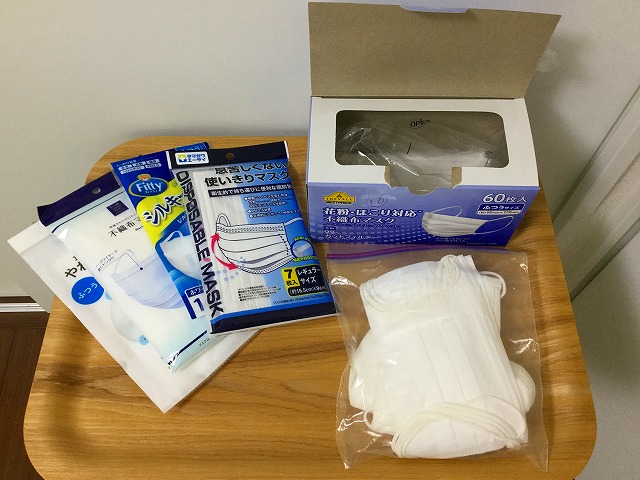


コメント